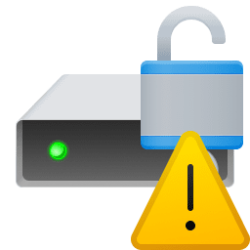DLevineCSC
New member
- Local time
- 1:23 AM
- Posts
- 3
- OS
- Windows 11
I build desktops for a college with an AD domain.
I'm gearing up to create Windows 11 Enterprise desktops to clone. I'm looking for ways to streamline the OS, so that when a user logs on to lab or library computer for the first time, it doesn't take forever in the "Preparing Windows" creation of local user profile. I define forever as over 60 seconds.
I found a debloater on the github that runs in PowerShell. That helped.
Any further suggestions?
TIA,
David
I'm gearing up to create Windows 11 Enterprise desktops to clone. I'm looking for ways to streamline the OS, so that when a user logs on to lab or library computer for the first time, it doesn't take forever in the "Preparing Windows" creation of local user profile. I define forever as over 60 seconds.
I found a debloater on the github that runs in PowerShell. That helped.
Any further suggestions?
TIA,
David
- Windows Build/Version
- Windows 11 Enterprise
My Computer
System One
-
- OS
- Windows 11
- Computer type
- PC/Desktop
- Manufacturer/Model
- Lenovo
- CPU
- various
- Motherboard
- many



















